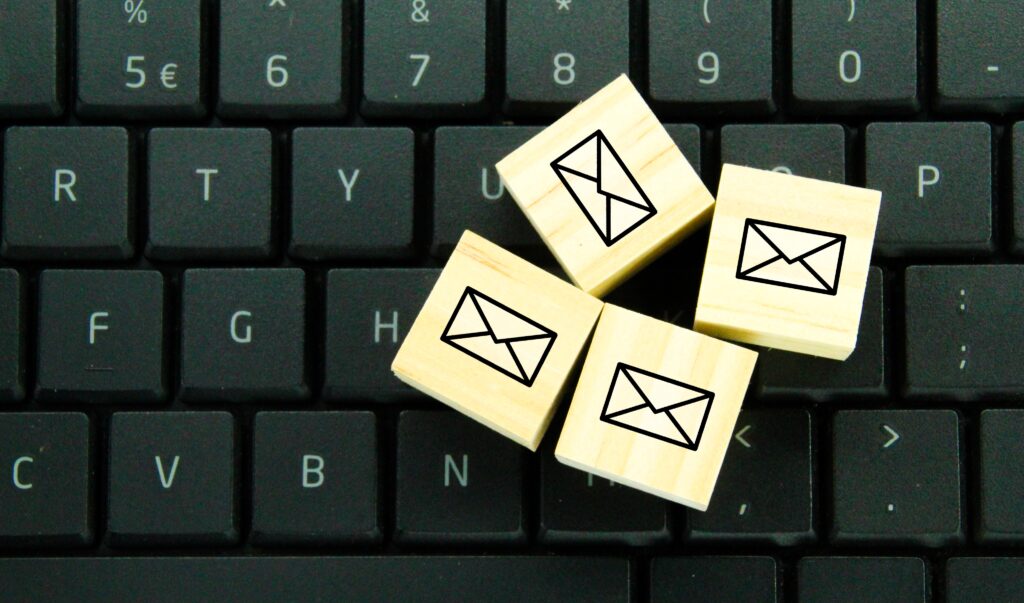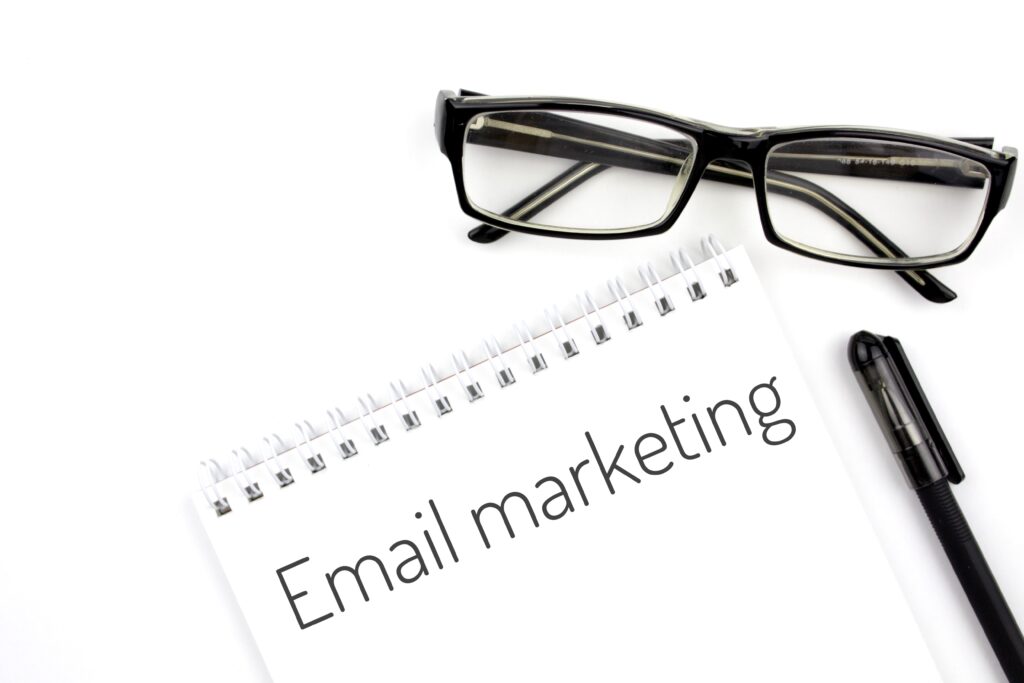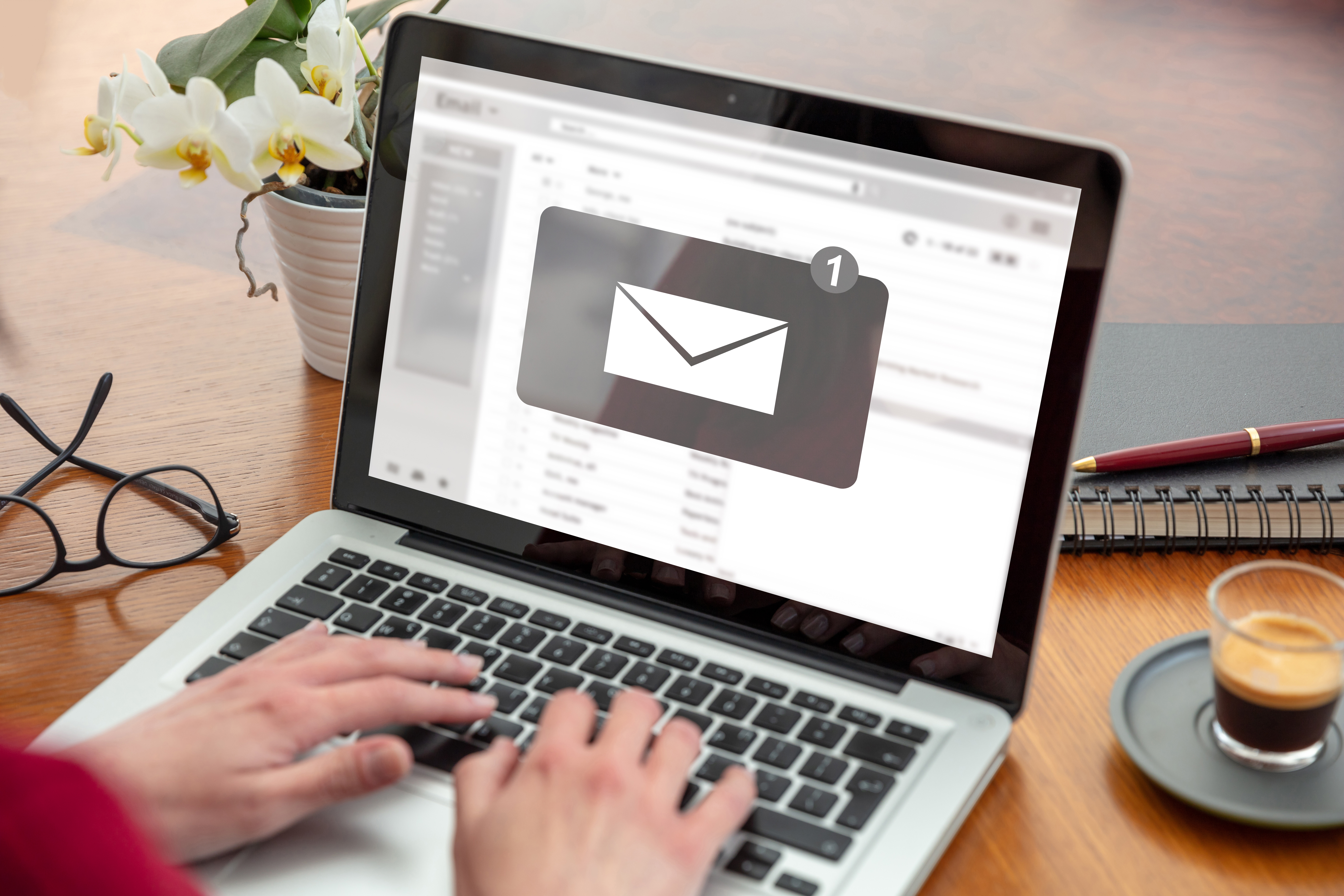Email marketing is an essential tool for businesses who want to stay top of mind for their customers and prospects. In today’s digital age, leveraging customer data to further personalize and target email marketing campaigns is one of the most powerful ways to reach customers, increase engagement, and grow sales. With the right data and the right tools, businesses can create highly effective and personalized email campaigns, ensuring their message reaches the right people at the right time. In this blog post, we’ll discuss how businesses can use customer data to take their email marketing to the next level, including the types of data they should be collecting, how to segment their customers, and how to make sure their emails are reaching their intended audience. We’ll also provide tips and best practices for creating a successful email marketing program.
1. Collect customer data with a CDP
One of the most important steps to using customer data with email marketing is collecting customer data with a customer data platform (CDP). A CDP is a platform that allows you to collect customer data from multiple sources, including web and mobile apps, customer surveys, and more. Once collected, the customer data can then be used to create customer profiles and segment customers into groups. This will allow you to send more customized and personalized marketing emails that are more likely to be successful. Additionally, you can use the customer data to better understand your customers and create more targeted campaigns.
2. Analyze customer data
Analyzing customer data is a crucial step in any successful email marketing strategy. With customer data, you can gain valuable insights into your target audience and understand who they are, what they want, and how to reach them. You can use customer data to create powerful segmentation strategies, craft personalized messages, and optimize your campaigns for maximum impact. Additionally, you can use customer data to identify trends and uncover opportunities for growth. By using customer data, you can create email campaigns that are tailored to the needs of each individual customer.

3. Segment customers by preferences and behaviors
Segmenting customers by their preferences and behaviors is a powerful way to ensure that your email campaigns are personalized, relevant, and effective. By segmenting customers into groups with similar interests, you can tailor your content and offers to those specific audiences. This will help you reduce unsubscribes and target customers who are more likely to engage with your emails. You can segment customers by demographics such as age, gender, and location, as well as by their past purchases and preferences, such as product categories or items they have expressed interest in. You can also segment customers based on their behaviors, such as how often they open or click on your emails, or the amount of time they spend on your website. By segmenting customers in this way, you can create personalized emails that drive conversions and loyalty.
4. Craft personalized messages for each segment
Personalizing your email content is one of the best ways to use customer data with email marketing. By segmenting your customer data, you can craft personalized messages for each segment and target them to the right people at the right time. For example, if you have a segment of customers who have purchased a specific product, you can create an email campaign specifically tailored to that segment. Include product details, customer-specific promotions, and other content relevant to that segment. This way, you can ensure that your emails are tailored to their interests and increase the likelihood of them engaging with your content.
5. Automate email campaigns at the right time for the prospect
Automating email campaigns at the right time for the prospect is an effective way to use customer data with email marketing. By tailoring the timing of your emails, you can ensure that you’re providing your prospects with the right content at the right times. You can use customer data such as their website visits, purchase history, and other behaviors to determine when they’re most likely to read and engage with your emails. Use automation tools to track and analyze customer data, and then create automated emails to target prospects with personalized content at the optimal time. Automation not only saves you time, but also ensures that you’re always reaching your customers at the right time.
6. Monitor customer engagement
One of the most important ways to use customer data with email marketing is to monitor customer engagement. This means keeping track of how customers are responding to your emails, what content they’re engaging with, and how often they’re opening, clicking, and replying. You can use various analytics tools to track user engagement, such as email heatmaps, or you can use a customer relationship management (CRM) system. By monitoring customer engagement, you can gain valuable insights into what content resonates with your customers and what content could be improved. This will help you create more effective email campaigns and build better relationships with your customers.

7. Adjust campaigns based on customer feedback
One of the most effective ways to use customer data with email marketing is to adjust campaigns based on customer feedback. This allows you to fine-tune your emails to better meet the needs of your target audience and optimize their experience. By listening to your customers and understanding their needs and preferences, you can adjust the content of your emails, the timing of your sends, the design and layout, and more. Additionally, you can use customer feedback to determine which offers, promotions, and discounts to feature in your emails. This will help you create more effective emails that drive better customer engagement and conversions.
8. Track and measure the success of campaigns
After setting up your campaigns, it is important to track and measure the success of your campaigns. This will help you determine which campaigns are most successful and which need to be adjusted. Furthermore, it will give you an understanding of your customer’s preferences, needs, and buying behaviors. Tracking metrics like open rate, click-through rate, and conversions will give you a clear picture of how well your campaigns are performing. You can also use this data to segment your list and target specific campaigns to your customers. This will help you gain more insights and generate more business from your campaigns.
Email marketing is an effective way to leverage customer data to personalize messages, increase customer engagement, and drive sales. By leveraging customer data, businesses can tailor their messages to their customers and ensure that the right message is delivered at the right time. With this approach, businesses can create stronger connections with their customers, build trust, and ultimately achieve success in email marketing.
“Enhance Email Marketing with Customer Data: Schedule Today!”
Schedule a call
I’m Julio Lopez, a dedicated digital marketing specialist. My passion is helping businesses grow by making meaningful connections through marketing. I’ve learned a lot on my journey in this field, focusing on both creative thinking and smart planning to achieve success.


Leave a Reply